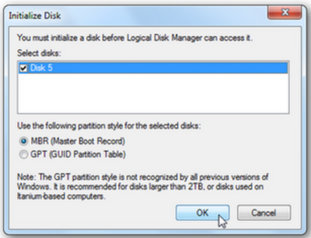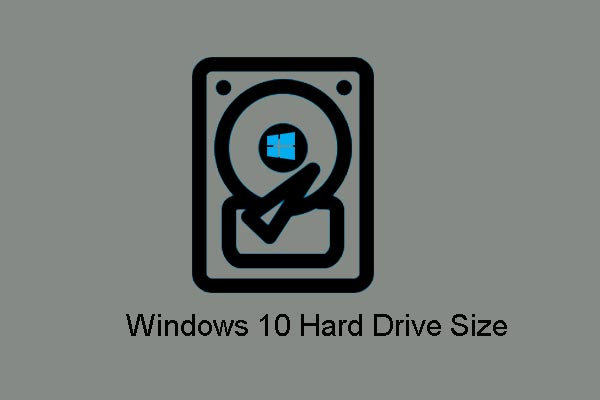
- HOW TO INSTALL WINDOWS ON HARD DRIVE OVER 2TB HOW TO
- HOW TO INSTALL WINDOWS ON HARD DRIVE OVER 2TB INSTALL
- HOW TO INSTALL WINDOWS ON HARD DRIVE OVER 2TB DRIVERS
- HOW TO INSTALL WINDOWS ON HARD DRIVE OVER 2TB UPDATE
Put a diet on old drive (*if you want to migrate Windows 10 from old HDD to new SSD). If you need to swap hard drive of Windows 10, please prepare a well-matched screwdrivers. Prepare a SATA-to-USB adapter or encloser to connect SSD if you are using a laptop or your computer only has one slot. And, you may receive error message like "You need to format the disk before you can use it". In general, a disk without initializing cannot be used normally. Initialize and format SSD for Windows 10 install. To do fresh or clean install, it's better to backup files that are important to you, because personal data on the old hard drive will be removed during the process. To prevent unexpected system failures, you could backup the system as well, this is especially important for a novice.
HOW TO INSTALL WINDOWS ON HARD DRIVE OVER 2TB INSTALL
Therefore, I'm here to introduce all the preparations need to be done, and then walk you through every detailed steps to install OS on a new SSD.Įnsure the security of your data and system.
HOW TO INSTALL WINDOWS ON HARD DRIVE OVER 2TB HOW TO
How to replace hard drive with SSD and install Windows on it? This may be a doubt for many users.

Preparations before installing Windows 10 on new SSD

What is the best/easiest procedure for extracting the old windows 10 OS from the old hard drive. I would like to keep the old WD 1T hard drive as a storage drive.

HOW TO INSTALL WINDOWS ON HARD DRIVE OVER 2TB UPDATE
Update the firmware of the PC to the latest version.įor tips on connecting to a network, see WinPE Network Drivers: Initializing and adding drivers. For more info, see WinPE: Mount and Customize.
HOW TO INSTALL WINDOWS ON HARD DRIVE OVER 2TB DRIVERS
If your PC requires drivers to boot, such as storage drivers or video drivers, or if your driver requires changes to the registry, add the driver to the Windows PE image. Avoid USB 3.0 ports if the firmware does not contain native support for USB 3.0.

Avoid using USB hubs or cables, because they might not be detected during the boot sequence. If the PC does not boot, try the following steps in sequence, and try to boot the PC after each step:įor external USB drives, try inserting the drive into a different USB port. Once WinPE is booted, you can identify the drive letters with a script or with diskpart. After the command window appears, the wpeinit command runs automatically. For UEFI-based PCs, you might need to find an option to manually select the UEFI boot files, for example, USBDrive01\EFI\BOOT\BOOTX64.EFI.


 0 kommentar(er)
0 kommentar(er)
